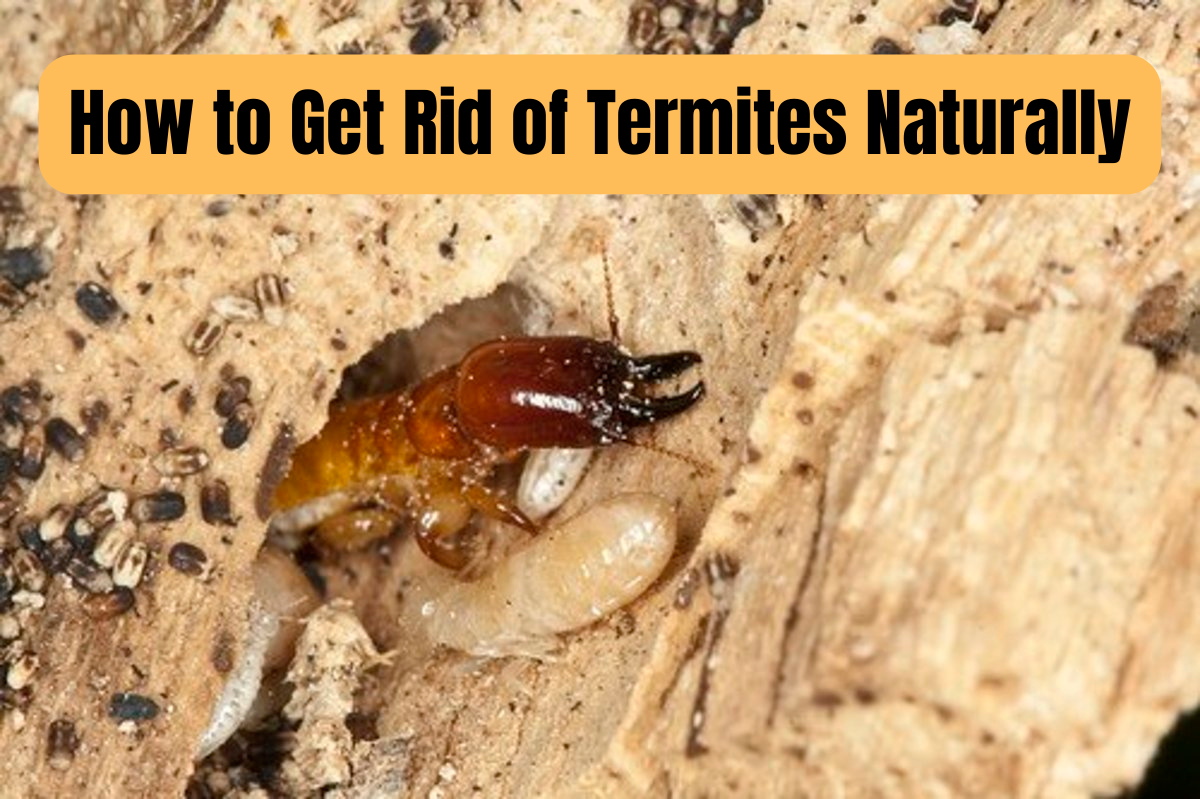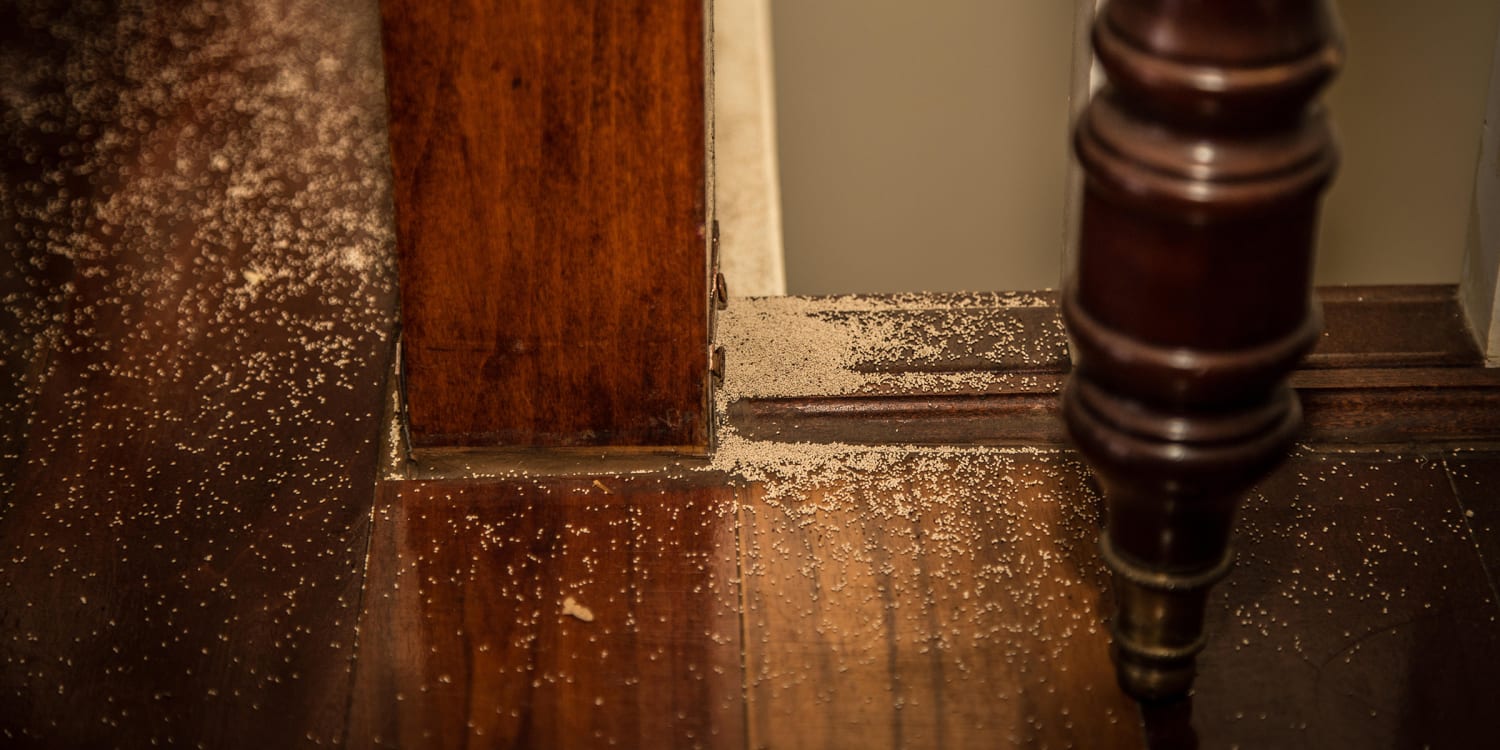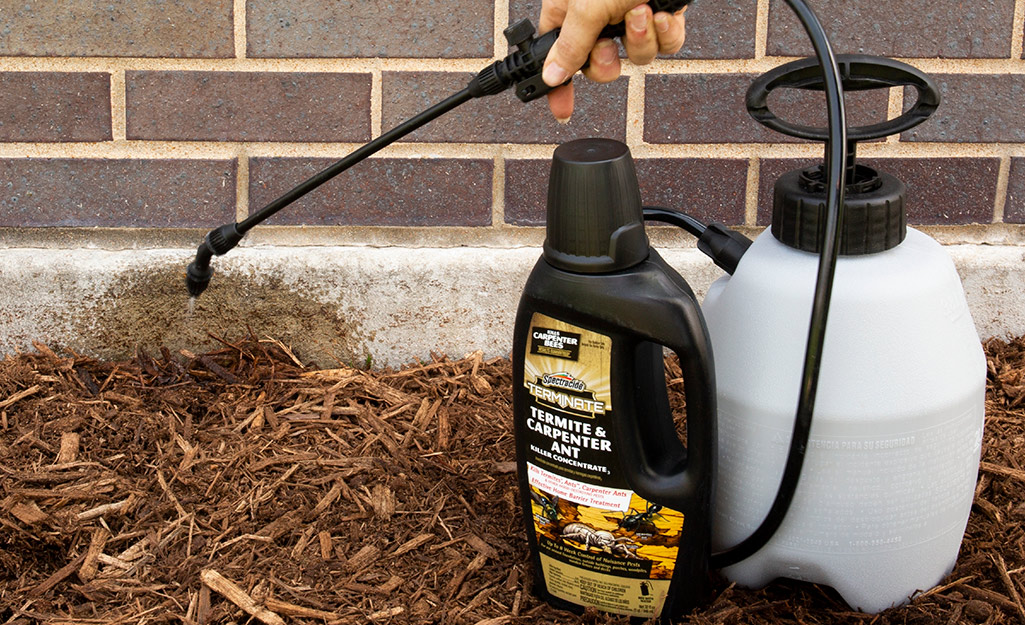Termites, often referred to as the “”silent destroyers,”” can wreak havoc in any home unbeknownst to its inhabitants. These small but destructive insects feed predominantly on wood, compromising the strength and safety of residential structures while leaving a trail of costly repairs in their wake. As they operate primarily undetected, swift identification and effective eradication measures are key to stemming their destructive activities.
This comprehensive guide offers valuable insights into managing termite infestations, commencing with identifying the presence of termites and understanding the different species that may invade homes. It proceeds to discuss damage assessment methods for determining the extent of an infestation before delving into professional extermination options and do-it-yourself solutions. The guide also underscores preventive measures homeowners can take to safeguard against future invasions and provides tips for long-term management strategies. With this knowledge at hand, homeowners will be equipped with the necessary tools for maintaining a termite-free environment within their residences.
Identifying the Problem
In the quest to eradicate termites from a residential property, the initial step involves comprehensive identification and understanding of the termite problem, as it provides crucial data needed for effective treatment strategies. This process is predicated on recognizing signs of termite damage which manifest in various forms such as hollowed-out wood, mud tubes, and discarded wings. The severity of a termite infestation may be gauged by assessing these indicators comprehensively. In some cases, individuals opt for diy termite treatment methods after identifying signs of an infestation. However, while these methods may be economical, they often lack the thoroughness and effectiveness that professional services offer.
Professional termite extermination typically commences with a detailed inspection of the property to ascertain the extent of damage caused by termites. A meticulous examination not only uncovers hidden colonies but also sheds light on conducive conditions encouraging termite proliferation such as moisture-rich environments or exposed wood sections. Furthermore, this diligent approach contributes towards creating an exhaustive termite inspection checklist for sellers who aim to ensure their properties are free from destructive pests before initiating any sales procedure.
The value derived from correctly identifying a termite problem extends beyond immediate extermination measures; it aids in devising long-term preventive strategies that forestall future infestations as well. This includes understanding what attracted termites to your home in the first place and taking steps to rectify those issues – thus breaking their invasion cycle effectively. After successfully identifying and addressing one’s specific termite situation comes another essential aspect: understanding different types of termites that exist within your local climate zone because each type necessitates unique detection tactics and How To Get Rid Of Termites In House.
Termite Types
Understanding the various types of these wood-destroying insects is crucial to effectively eliminate their presence. The three major types are subterranean, drywood, and dampwood termites. Subterranean termites live in soil and build tunnels, known as mud tubes, to reach food sources like your house’s foundation. Drywood termites prefer dry wood and can be found in attics or outdoor furniture. Dampwood termites thrive in moist environments and often reside in decaying wood structures or dead trees. Recognizing each type is pivotal for deciding on the most suitable termite control methods.

The selected termite control method will vary based on the identified species and extent of infestation which also influences termite damage repair costs. For instance, subterranean termites necessitate soil treatments or bait stations, while spot treatments can handle drywood colonies more effectively. Termite prevention for home sellers is vital as real estate transactions typically require termite inspections to protect potential buyers from future complications related to these pests. A property free from such infestations not only safeguards against structural impairments but also enhances its market value significantly due to reduced risks associated with termite damage.
Despite the best preventative measures undertaken by homeowners or real estate agents, some level of termite invasion might occur unnoticed until substantial harm has been done – a scenario that could severely impact home value and necessitate extensive termite damage repair works. Hence it becomes paramount not just to identify and eradicate an existing problem but also assess any possible damage caused by these destructive insects accurately. This comprehensive approach ensures a thorough solution that mitigates future risks while preserving structural integrity – essential considerations when transitioning into an evaluation of potential damages inflicted by a termite infestation.
Damage Assessment
Assessing the extent of damage caused by a termite infestation is critical, as it forms the basis for effective remedial measures and subsequent prevention strategies. This process involves identifying signs of active termite presence such as mud tubes, swarming insects, or hollow-sounding wood when tapped. It also requires an examination of structural integrity with particular attention to wooden parts of the house including floorings, walls, and furniture. The importance of pest control in home selling cannot be overstated since potential buyers are likely to walk away from properties showing signs of ongoing termite problems.

The following steps outline a systematic approach towards assessing termite damage:
- Thorough inspection: Look for visible signs like damaged wood structures, mud tubes on walls or floors and discarded wings.
- Probing: Use a sharp object like a screwdriver to probe suspected areas for weaknesses.
- Listening: Tap on suspected areas; if it sounds hollow then there might be termites inside.
- Professional assistance: If you suspect severe infestation, consider getting professional help for accurate assessment.
In preparing a house for sale with termite issues, this initial evaluation is essential in determining the scale of necessary repairs and treatments required to achieve a clean termite report—vital in creating an appealing and safe home environment that attracts potential buyers. Termite-free home staging could significantly increase property value and facilitate smoother transactions when selling a termite-infested house.
However comprehensive these initial assessments may be though, nothing beats the expertise provided by professionals who specialize in exterminating household pests such as termites. Given their advanced tools and extensive experience dealing with different types and levels of infestations they can provide thorough inspections that leave no corner unchecked—a crucial aspect when striving towards fully eradicating these destructive pests from any property before moving on to preventive measures against future occurrences which will be discussed further in the next section about ‘professional exterminators’.
Professional Exterminators
Professional exterminators play a pivotal role in the effective management and control of termite infestations, providing comprehensive solutions that not only address current concerns but also aim to prevent future infestations. When considering pest inspection for home sale, it is essential to understand that an experienced exterminator can identify hidden signs of termite damage, thereby ensuring a smooth and quick house sale process. Moreover, these experts have access to advanced tools and techniques that can detect the presence of termites even in inaccessible areas; thus offering fast home selling tips by maintaining the integrity and appeal of properties.
The exterminator services for home sellers are multifaceted, encompassing detection, elimination, prevention measures along with educating homeowners about maintenance strategies. These services ensure a pest-free home selling process by eliminating any existing colonies within the property and creating barriers to thwart potential re-infestations in the future. Additionally, professional exterminators provide documentation affirming that treatment has been implemented effectively which facilitates trust among prospective buyers contributing positively towards quick house sale strategies.
A thorough understanding of how professional extermination works arms homeowners with knowledge crucial for maintaining their homes post-treatment. This proactive approach goes beyond merely addressing immediate issues – it contributes towards achieving long-term peace of mind knowing one’s residence remains safeguarded against destructive pests like termites. A well-maintained property free from pests undoubtedly increases its market value while making it more attractive for potential buyers. With this newfound comprehension on eradication methods employed by professionals comes an informed perspective into do-it-yourself solutions as another viable strategy against termite infestation.
DIY Solutions
Implementing do-it-yourself solutions can be an effective alternative to professional extermination services, providing homeowners with practical and cost-efficient strategies for managing termite infestations. These methods often involve the use of readily available materials in conjunction with regular monitoring to ensure the success of the treatment. Among these are liquid pesticide treatments, termite baits, and borate wood treatments – all designed to target termite colonies both directly and indirectly.

Liquid pesticide treatments, commonly referred to as termiticides, can be applied into the soil surrounding a home’s foundation creating a barrier that kills termites upon contact or when ingested. Termite baits, on the other hand, employ a more strategic approach by attracting termites towards poison-laced food sources which they carry back to their colony. This method allows for the gradual elimination of entire colonies over time. Borate wood treatments offer a preventive solution by coating wooden structures with boron salts which repel or kill termites that come into contact with it.
While DIY solutions offer an attractive avenue for pest control due to their lower costs and hands-on approach, it is crucial to remember that proper implementation is key in ensuring their efficacy. It should also be noted that these methods work best when employed early during infestation before significant damage has occurred. Thus begins the discussion on preventive measures – essential strategies aimed not just at addressing existing problems but more importantly at stopping them from occurring in the first place.
Preventive Measures
Preventive measures constitute an essential aspect of managing pest control, focusing on the implementation of strategies that deter termite infestations from taking root within a residential setting. In order to maximize the effectiveness of these preventive measures, it is necessary to understand the factors that attract termites and facilitate their proliferation. For instance, termites are drawn to moist environments and decaying wood matter, implying that regular inspections for leaks and rot in a house’s structure can significantly reduce the risk of termite infestation. Additionally, maintaining a clean environment by promptly disposing of waste can also help inhibit termite populations.
The use of physical barriers provides another approach towards preventing termite invasions. These barriers typically consist of stainless steel mesh or crushed rock installed during construction around pipes or underneath concrete slabs where termites are likely to enter buildings. Such barriers effectively obstruct termites from gaining access into houses while causing minimal disruption to non-target organisms in the environment. Moreover, chemical treatments applied either as soil treatments around structures or directly onto timber can further discourage termites by creating a toxic barrier through which they cannot penetrate.
Despite implementing these preventive strategies, it may still be necessary at times to engage professional pest control services for routine inspections and treatments as part of long-term management against this resilient pest species. This ensures early detection and appropriate intervention should there be any signs of infestation despite prevention efforts. The next section will delve deeper into this subject matter, highlighting tactics for engaging with such services effectively in mitigating termite-related risks over time.
Long-term Management
Effective long-term management against these destructive pests necessitates an integrated approach that combines preventive measures with regular inspections and treatments by trained pest control professionals. This integrative strategy is vital to maintain the structural integrity of the house and prevent significant damage due to termite infestations. It is essential to understand that this process involves not only immediate actions but also continuous monitoring and response.
The following points highlight the importance of a proactive, long-term management plan:
- Regular professional inspections: Trained professionals can identify signs of termite activity early on, preventing further damage.
- Utilization of advanced treatment methods: Professionals use state-of-the-art techniques and products for effective termite removal.
- Continuous monitoring: Even after initial treatment, it’s essential to keep a watchful eye for any recurring or new termite colonies.
- Prompt action: Immediate steps must be taken upon detecting any sign of termite activity to mitigate further damage.
Long-term management ensures maximum protection against termites. A consistent routine involving periodic checks by pest control experts coupled with homeowners’ vigilance creates an unfavourable environment for termites. By adhering to this approach, a home becomes less susceptible to future infestations, ensuring its longevity. Thus, nurturing an understanding about termites’ behaviour patterns while maintaining regular professional check-ups results in successful long-term management strategies against these wood-eating pests.
Frequently Asked Questions
What are the health risks associated with termites in the house?
Termites in residential spaces pose minimal direct health risks to humans. However, they can exacerbate respiratory conditions such as asthma and allergies due to the dust and particles they produce when infesting wooden structures.
Can termites cause structural damage to a house that is irreparable?
Termites, indeed, can cause severe structural damage to a property. If left unchecked, their incessant feeding on wood may result in irreparable harm that jeopardizes the integrity and safety of the structure.
What is the average cost for a homeowner to treat a termite infestation?
The cost of treating a termite infestation varies, depending on the extent of the infestation and method of treatment. On average, homeowners may incur expenses ranging from $500 to $2500 for professional termite control services.
Are there any natural predators of termites that can be used to control their population?
Indeed, termites have several natural predators including certain species of ants, beetles, and spiders. Birds and reptiles also consume termites. Introducing these predators can potentially help control termite populations in certain environments.
How do termites affect the value of a property when selling a house?
Termite infestations can significantly depreciate the value of a property. They cause structural damages, escalating repair costs and reducing its appeal to potential buyers, thereby negatively influencing its market value.
Other Articles You Might Enjoy
How To Get Smoke Smell Out Of House

